PODCAST: How Ravel Health is changing the Lyme treatment landscape
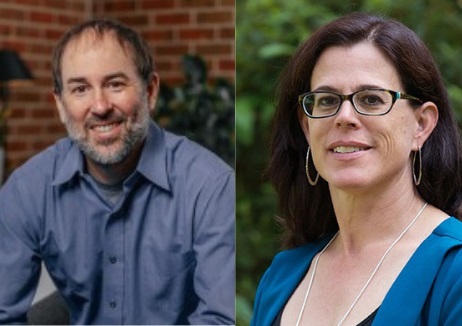
By Fred Diamond
For many people coping with Lyme disease, the search for effective treatment is a grueling, exhausting process filled with uncertainty, dead ends, and emotional trauma.
Kevin Williams, a chronic Lyme patient and co-founder of Ravel Health, knows this reality all too well—because he has lived it.
And so does Dr. Monica Embers, one of the country’s leading Lyme researchers at Tulane University, who has spent over two decades studying the science behind persistent infection and diagnostic failures.
Now serving on Ravel Health’s scientific advisory board, Dr. Embers is helping to bridge the gap between cutting-edge research and accessible, patient-centered care.
On this week’s Love, Hope, Lyme podcast, Williams tells me, “I saw a couple dozen providers over the years. My primary care physician had no idea what was going on. I had every test imaginable—neurological, gastrointestinal, immunological. It wasn’t until a two-and-a-half-year waitlist cleared that I finally got a diagnosis: chronic Lyme disease.”
No easy path to Lyme treatment
Williams, now co-founder of Ravel Health, spent nearly 15 years suffering from debilitating symptoms—pain, GI dysfunction, brain fog, and near-paralysis—before receiving a diagnosis. But even with that diagnosis, treatment was no easy path.
“That’s only half the battle,” he says. “The protocols I tried after that gave me some hope, but it was one step forward and three steps back.”
Like so many others, Williams reached a breaking point—not just physically, but emotionally and logistically. That experience, shared by millions of Lyme survivors, was the spark behind Ravel Health, a telehealth company created specifically to address the unique challenges of complex chronic illness.
The need for a different kind of medical care
Unlike many other illnesses, Lyme disease often presents with multi-systemic symptoms, fluctuating in severity and confusing even the most well-meaning providers. According to Williams, that ambiguity leads to a dangerous cycle: patients seek help, providers don’t recognize Lyme, and patients are told it’s all in their head.
“Medical gaslighting is a huge issue,” Williams says. “You’re already sick and scared, and now you’re being dismissed. That experience alone can delay proper care by years.”
Dr. Embers, associate professor at Tulane University and one of the country’s most respected Lyme researchers, agrees. “There’s no central place for patients to turn,” she says. “When they reach out to me, I want to help, but I’m a researcher—not a clinician. That’s why Ravel makes sense to me. They’ve created a way to connect patients with vetted, Lyme-literate doctors who know what they’re doing.”
Science in real time: the Embers collaboration
Dr. Embers, known for her decades of work in animal models and Lyme diagnostics, is now part of Ravel’s scientific advisory board. Her role isn’t clinical, but consultative—bringing cutting-edge research directly to practitioners.
“I hear from patients every single day,” she says. “They want to know about new treatments, new tests, and I can’t recommend someone unless I know they’ve been vetted. With Ravel, I feel confident they’re doing the work of ensuring the doctors are qualified.”
One of the breakthroughs she’s especially excited about is a new diagnostic test, LymeSeek, developed by Aces Diagnostics, which boasts over 90% accuracy. “That’s a game-changer compared to the current testing, which is decades old and wildly inaccurate,” she says.
And when it comes to treatment, Dr. Embers is equally passionate. “We’ve demonstrated that Borrelia can persist after antibiotic treatment. In some cases, patients need combination antibiotic therapy. We’re working on that—and Ravel is one of the places where that kind of research can directly influence care without waiting for years of institutional approval.”
Federal funding, scientific gaps, and patient advocacy
Despite growing awareness, federal funding for Lyme research remains patchy. “There’s been investment in diagnostics and vaccines,” says Dr. Embers. “But very little in therapeutics. Most of our funding has come from foundations like the Cohen Foundation, Bay Area Lyme Foundation, and Global Lyme Alliance.”
She continues, “I commend the people lobbying Capitol Hill—like the Center for Lyme Action—but we also need pharmaceutical companies to step up. There’s real potential here, and yes, financial opportunity too. That may be what finally brings industry into the fight.”
But while politics and policy play out at a national level, people with Lyme continue to suffer. That’s what makes models like Ravel not just helpful, but essential.
“We’re providing continuity, care, and hope,” says Williams. “And we’re not just trying to catch patients—we’re trying to guide them.”
From desperation to access: how Ravel works
Ravel Health operates in 46 states and is expanding. The process begins online. Patients fill out a brief questionnaire, and based on their responses—and the state they reside in—they’re matched with up to three vetted providers.
These are not random matches. “We take the time to connect people with clinicians who understand their unique situation, whether it’s co-infections, neurological symptoms, or long-standing chronic issues,” says Williams.
The patient then chooses their preferred provider, schedules an initial two-hour intake session, and from there, builds an ongoing, personalized treatment plan.
And unlike many Lyme-literate clinics with years-long waitlists and sky-high prices, Ravel aims to remove those barriers. “We don’t have waitlists,” Williams says. “Patients can typically get matched within 48 hours and have an appointment within the same month.”
Affordability is another cornerstone. “Many Lyme patients have already spent tens of thousands of dollars,” he notes. “We want to give them a high level of care without bankrupting them. That’s why we’re subscription-based and focused on continuity.”
A national network with a personalized approach
Dr. Embers says that one of the biggest strengths of Ravel’s model is its accessibility—everything is virtual. This matters enormously for patients who live in rural areas, can’t travel easily, or are too ill to leave their homes. The care is also tailored. Ravel doesn’t offer one-size-fits-all protocols, and that’s by design.
“We’re not just treating Lyme—we’re addressing Bartonella, Babesia, heavy metal toxicity, mast cell activation, and so many other co-infections or compounding issues,” Williams says. “It’s not about a magic bullet. It’s about pairing each patient with someone who can work with their exact circumstances.”
That level of personalization extends to mental health and nutrition. While still developing a national network of Lyme-literate therapists and functional nutritionists, Ravel already offers these services in select states and sees them as critical components of comprehensive care.
Looking ahead: hope from the front lines
Despite the uphill battle, both Williams and Dr. Embers remain hopeful.
“I’ve been doing this for 22 years,” says Dr. Embers, “and I’m more optimistic now than I’ve ever been. I think we’re on the cusp of better diagnostics and better treatments. I hope patients take that to heart.”
Williams echos that sentiment. “At the end of the day, we built Ravel to serve patients like us—people who’ve been ignored, misunderstood, and overwhelmed. If we can give them a clearer path to care and surround them with people who truly understand, then we’re doing something right.”
For Lyme survivors looking for support, that message means everything.
Click here to listen to all episodes of the Love, Hope, Lyme Podcast or on YouTube.
Fred Diamond is based in Fairfax, Virginia. His popular book, “Love, Hope, Lyme: What Family Members, Partners, and Friends Who Love a Chronic Lyme Survivor Need to Know” is available on Amazon. The e-version (pdf) of the book is always free to Lyme survivors. PM Fred on Facebook or LinkedIn for your copy.


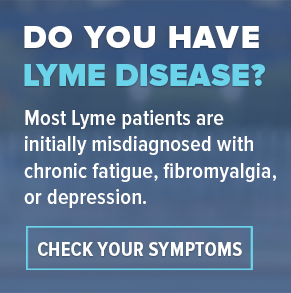
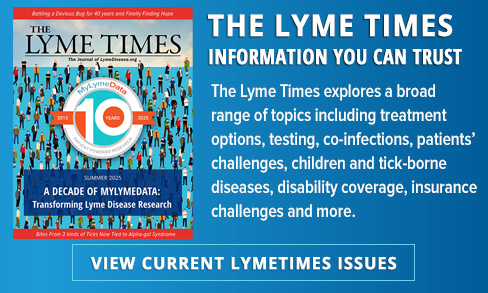

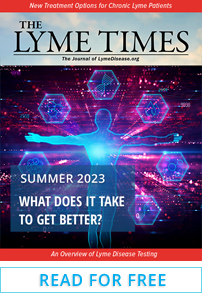
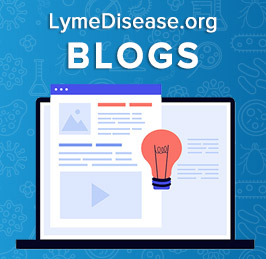

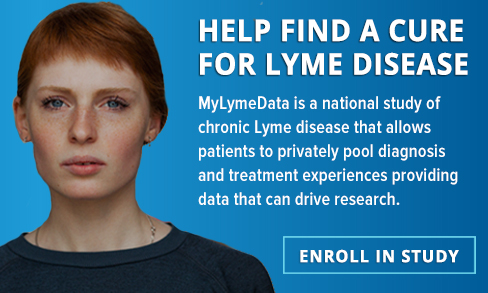
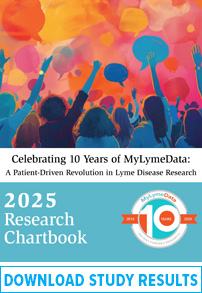
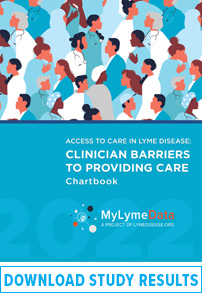


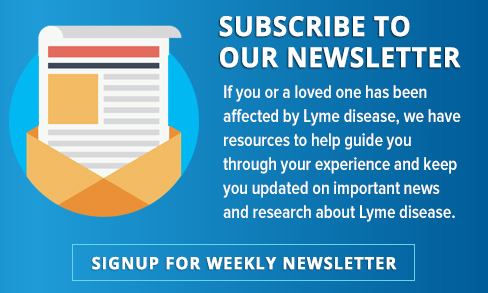
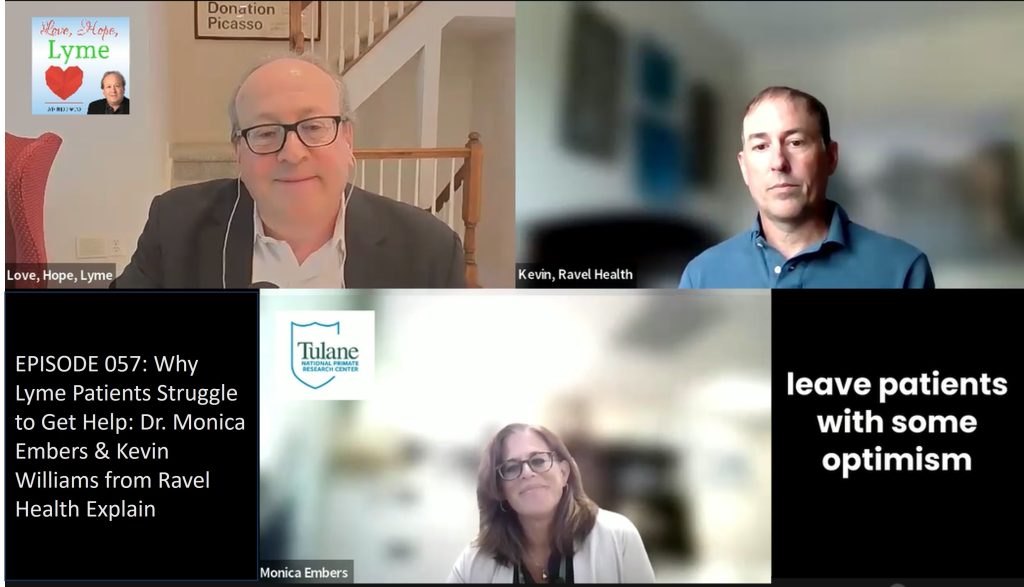

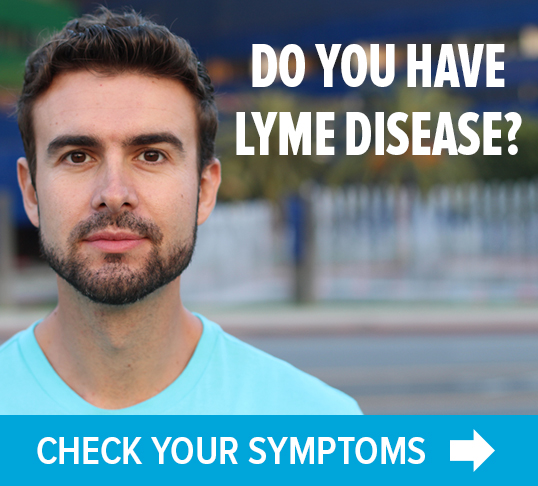
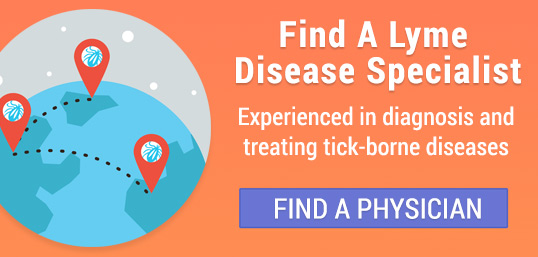
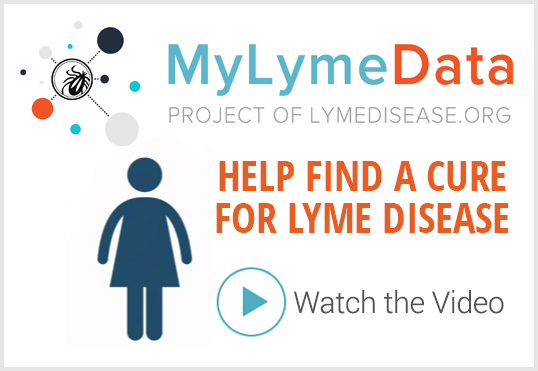


We invite you to comment on our Facebook page.
Visit LymeDisease.org Facebook Page